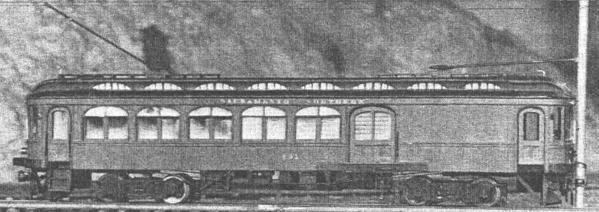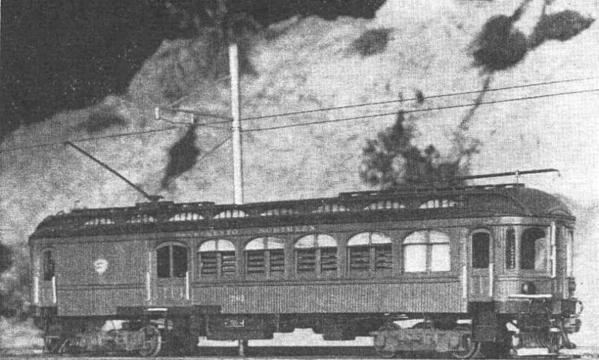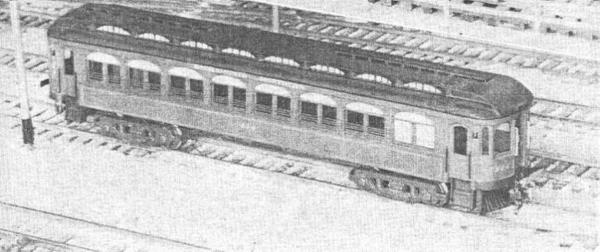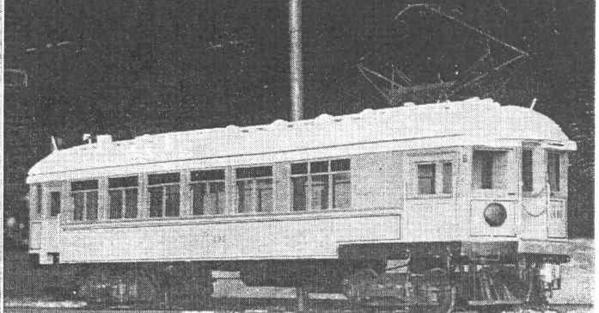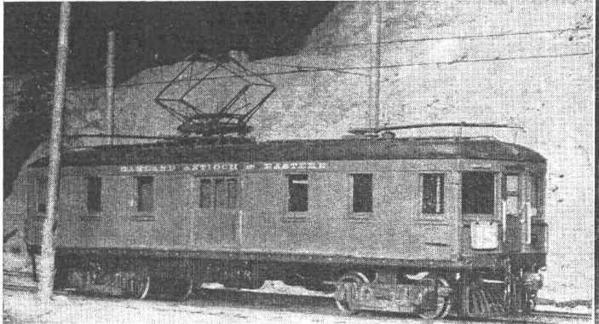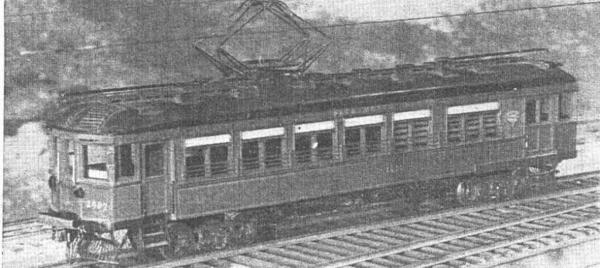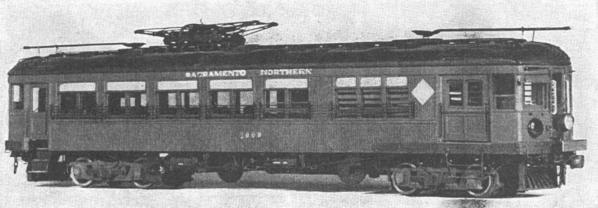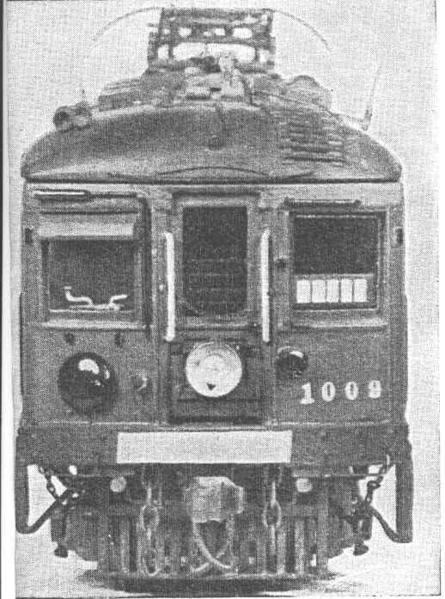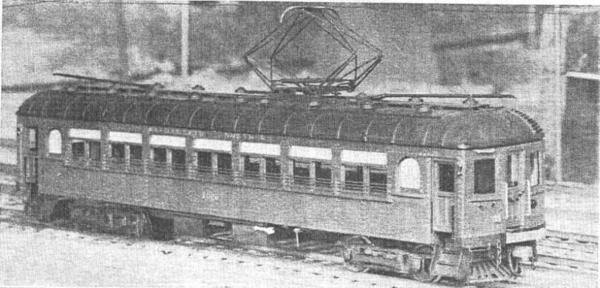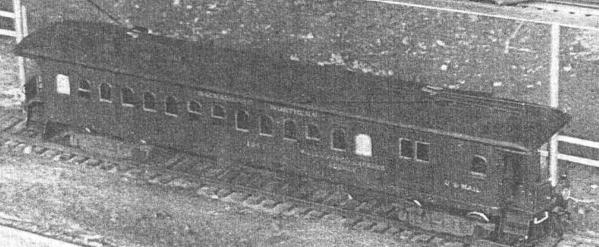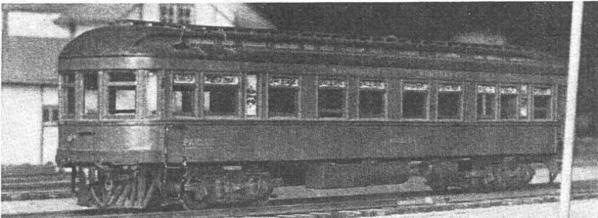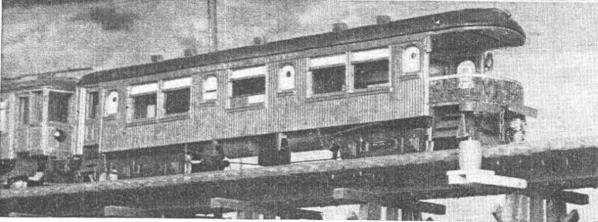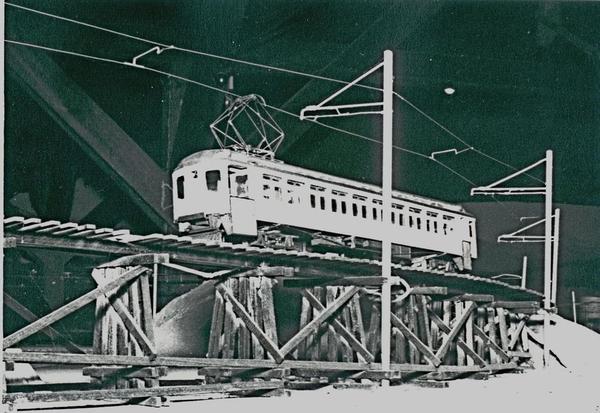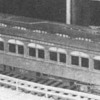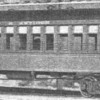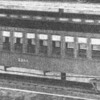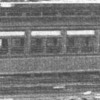Hi Everybody-- Happy Thanksgiving to you and your families...
Question: How many of you have ever heard of the late "Bill Hoffman" ?? Do you think that a superb scratch modeler could construct a beautiful O-scale Interurban in one day or less ?? OK-- then just maybe you'll enjoy the following story from my Archives. Sit back with an Eggnog and ENJOY !!!
Cheers.
Ken Shattock (KRK)
OGR
LCCA
BAERA
NRHS
------------------------------------------------------------------------------------------------------
Bill Hoffman
Master Trolley Builder
William G. ""Bill"" Hoffman was a former resident of San Francisco in the 1940s and early 50s. He was always interested in how other model railroaders built their equipment. I suppose such curiosity is universal, for many modelers who saw his vast collection of interurbans would question him as to how they were built....particularly when they find out how little time he spent on each model. This being the case, I thought it would be of interest if we had Bill discuss some of the methods and materials used in the construction of one of his cars. The car selected is his O-gauge Sacramento Northern interurban # 1009, which may be remembered by some oldtimers as one of the winners in the 1948 MR model contest. Rather than make this a complete construction article, Bill will explain just the methods in which the most interest has been shown.
Basically, his cars were made of wood. He preferred this material because it could be cut cleanly, glued easily and because it was not a conductor of electricity. He says that because he was like a "bull in a china shop" when it came to soldering, he also liked wood because he could attach one piece without the next three coming loose. But, he had to solder the pantograph and it was some job.
The roof, floor, sides and ends were all made up of pieces of wood glued in place with model cement. He liked this adhesive because of its fast-drying qualities and its ability to dry without leaving objectionable excesses visible. Since the quality of wood used had a direct bearing on the appearance of the finished car, he always used a great deal of care in its selection. Before wood of modeling quality was generally available commercially, the material he obtained came from some rather strange sources. The ¼ x 2 3/8" x 16" pine floor, for example, came from the end section of an apple box. The ¾" x 2 9/16" x 16" roof section was cut from an old redwood board. Sides for his SN 1009 were cut from 1/16" basswood obtained from a hobby shop, but other sides were made from thin basswood soaked away from sides of plywood packing cases.
The ends of Bill’s cars were built up piece by piece, right on the cars themselves. The doors were built of seven separate pieces of wood and were made slightly oversize in height, width and thickness. The faces were sanded flat and then the door was trimmed to fit its particular doorway. It took Bill only a "half hour" to make six doors by this method .
On Bill’s "Sacramento Northern" interurbans, Walthers oil-base Pullman green was used for the exterior and a flat boxcar red for the interior. The prototype cars had interiors of stained mahogany and after several tries at stain, Bill found that the boxcar red gave the interior of his cars the perfect shade of color.
While the Pullman green exterior paint was still tacky, Bill would place the gold-leaf "Sacramento Northern" name on the cars using rubber stamps dipped into painters "gold dust" .
The key to operate Bill Hoffman’s many cars were their "flywheels" . Some time in those early years, Bill was fortunate enough to be able to purchase a bunch of war surplus
27 volt,dc Delco gyroscope motors with dynamically balanced flywheels at the staggering price of $ 2.00 each . At 27 volts, they would operate at 10000 rpm, but at 18 volts, they would turn up approximately 3500 rpm---- about the same as an O-scale K&D motor. With a wide-open controller, full speed was not attained until a car traveled 12 to 14 feet. When the current was shut off, a car would coast about 25 feet on level track.
Braking power was via the "Flywheel" . The momentum was great enough so that it was possible to reverse the direction controller and apply short shots of current to bring the car to a realistic stop. A distance of 3 feet was required to bring a car to an "emergency stop", so operating a Bill Hoffman interurban was very similar to operating the real thing.
Small details were always part of Bill’s many cars. The safety rails on the car sides were made of wire. Bill only needed "15 minutes" to make and install all handrails and grab irons, using '‘straight pins" with the heads cut off. Air hoses were made with straight pins covered with push-back wire insulation. Tiny chains kept the hoses from dragging.
Gongs and bells were made from roundhead paper fasteners with the legs cut off.
The pantograph mounting idea came from fellow club member "Elmer Cummings" at EASTBAY. Four of the smallest-size dress snaps were used . The male halves were mounted on the bottom of the pantograph and the female halves on a brass base . When mounted this way, the pan would fall off the car undamaged, if it struck an obstruction.
Bill Hoffman has built "hundreds" of O-scale interurbans in his lifetime. Folks say that he built the "entire roster" of the Sacramento Northern and its predecessor companies such as the Oakland, Antioch & Eastern , the Northern Electric and the San Francisco-Sacramento Railroad (Sacramento "Short Line") . He also built Key System rolling stock as did the late Elmer Cummings. And the famed Pacific Electric was not forgotten either, encompassing dozens and dozens from that company’s extensive roster.
In private life, Bill was a "jewelry designer" . Most evenings found him at the clubroom of EASTBAY in Emeryville operating his prized creations on the great O-scale OA&E trolley layout .
Each of his hundreds of cars were a superb model in their own right and most were prize winners in MR model contests.
How much time was necessary to build just ONE of Bill’s beautiful models ?? Well, consider this fact----- Bill often started building a car from scratch in late morning, finished it—including painting and lettering—the SAME evening .. How many other modelers can do that ?? (grin)
I hope everyone on OGR has enjoyed a little history regarding a great member from the old days at EASTBAY, "Bill Hoffman" … (Emeryville,CA)
Now let’s take a look back at some of the many cars created by Bill’s own hands .
-----------------------------------------------------------------------------------------------
HOFFMAN CARS
Photo 1. SN 131
Photo 2. SN 200 (Car 200 had a variable resistance in
series with the motor to allow operation on
either 6, 12 or 18 volts,dc...)
Photo 3. SN 201
Photo 4. SN 224
Photo 5. Key System 495 (ex-SN 1005)
Photo 6. OA&E 601
Photo 7. SN 1007
Photo 8. SN 1009
Photo 9. SN 1009 (Front View)
Photo 10. SN 1020
Photo 11. SN 1051
Photo 12. Oakland & Antioch 1204
Photo 13. SN 1206
Photo 14. SN 1210
Photo 15. SN Parlor Car "Alabama"
Photo 16. SN Parlor-Observation Car "Moraga"
Photo 17. Key System "500" Class Interurban (Wood)
To all my friends on OGR-- Your comments are graciously solicited !!
KRK




